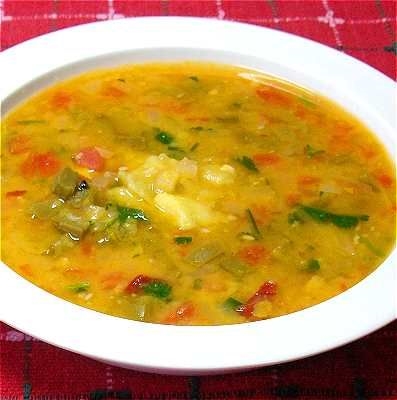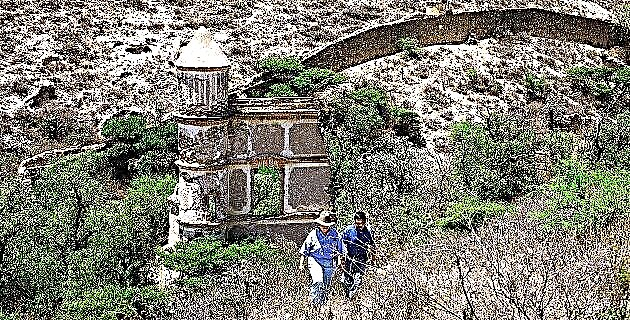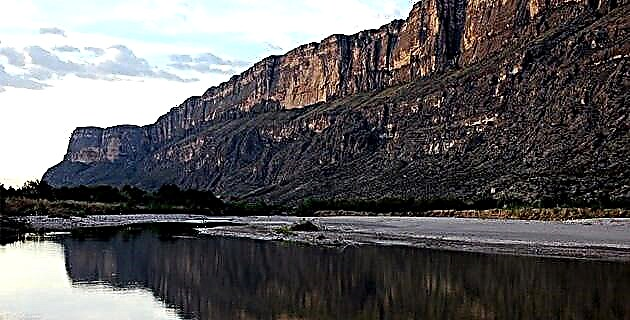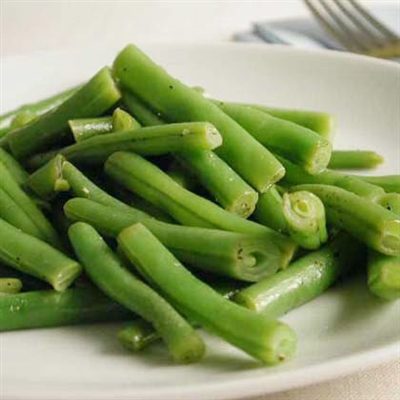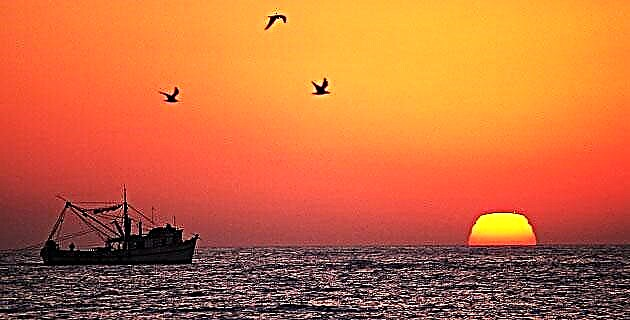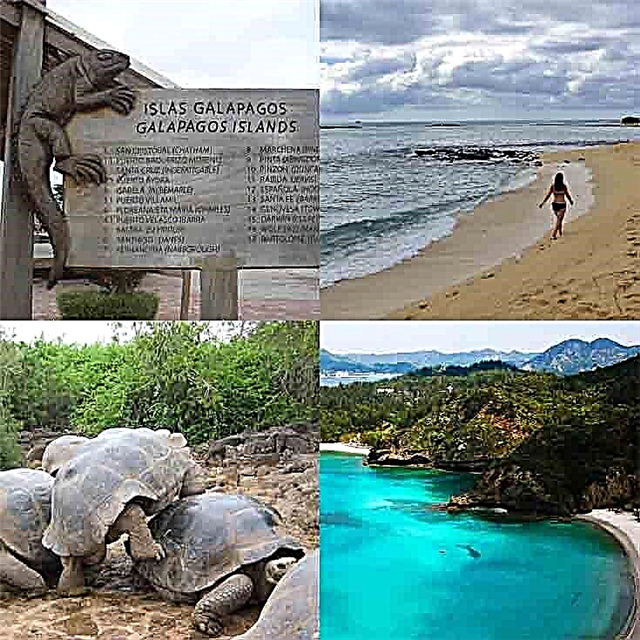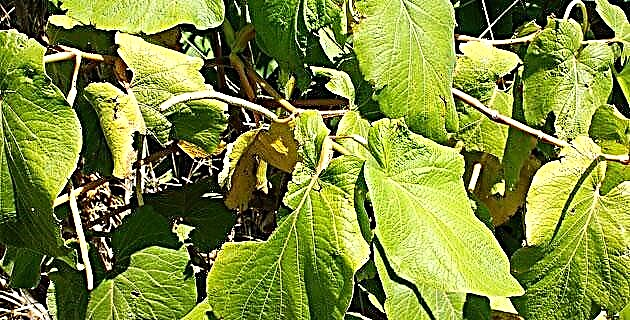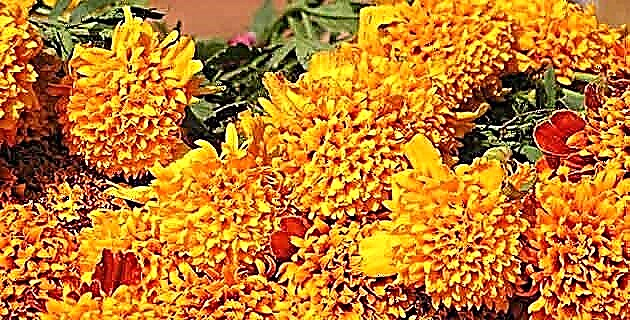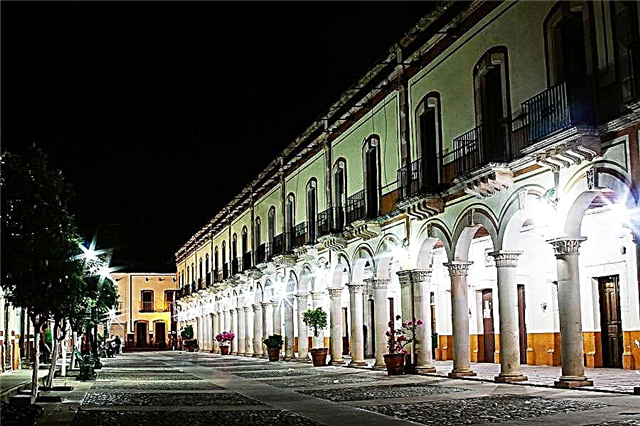The Magical Town of Zacatecas are full of architectural beauties, cozy places to rest, musical traditions, festive dates and exquisite gastronomy.
Jerez de García Salinas
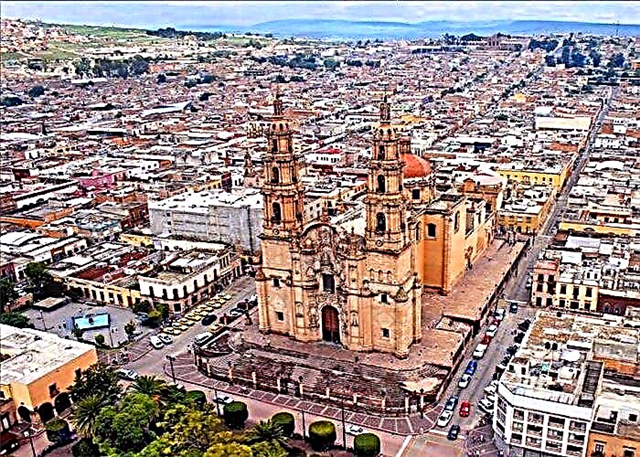
This fresh and small Zacatecan city located just over 50 km from the state capital, is distinguished by its civil and religious architecture, gardens and parks, and by its musical, culinary and artisan traditions.
Jerez de García Salinas is a music-loving town and on November 22, the day of Santa Cecilia, patron saint of musicians, the eagerly awaited Tambora Festival takes place in the Pueblo Mágico.
The musical genre of the zacateco tamborazo was created at the beginning of the 19th century and its execution involves drums and wind instruments. During the festival, the town is full of cheerful visitors.
Another colorful and crowded Jerez festival is the Spring Fair, which begins on Glory Saturday, with shows such as the burning of Judas and charrería events, and many diversions.
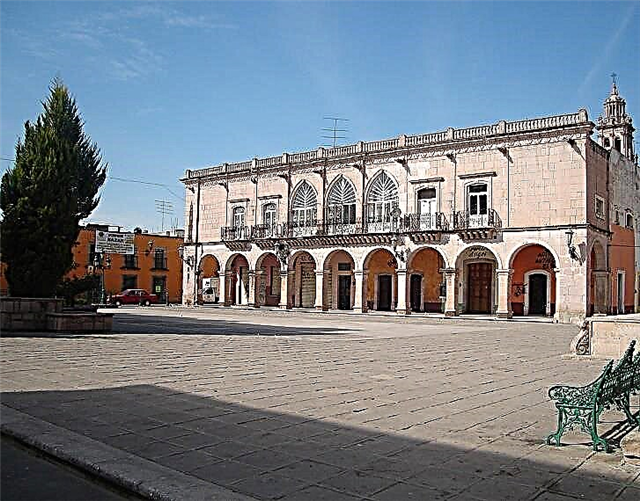
The Municipal Palace of Zacatecas is an attractive building from the 18th century, whose baroque style has been preserved despite several remodeling over time.
Another Jerez building of great artistic interest is the Edificio de La Torre, especially for its façade with magnificent stonework. It dates from the 19th century and is currently the headquarters of the House of Culture and the Public Library and Archive of Jerez de García Salinas.
Jerez has always been a culture-loving town and proof of this is the Hinojosa Theater, an elegant construction from 1880 that stands out for its balcony and stalls.
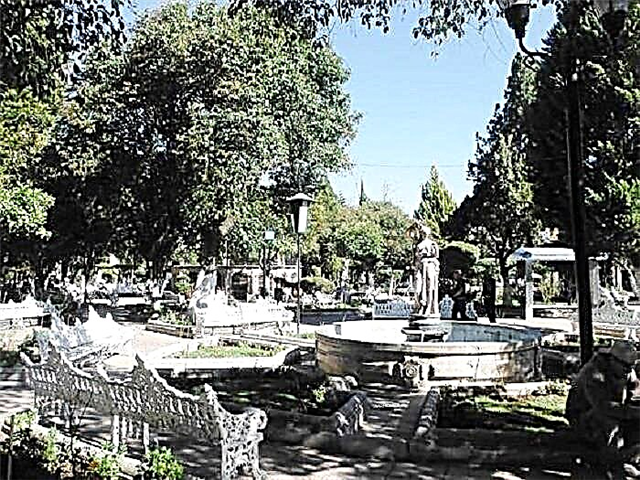
The Rafael Páez Main Garden serves as a plinth and has a beautiful Moorish kiosk with fine stonework, wood and metal.
Near the garden are the beautiful Humboldt and Inguanzo portals and two blocks further on is the Sanctuary of Nuestra Señora de la Soledad, with neoclassical lines and with two tall twin towers.
Outdoor entertainment in Jerez de García Salinas is assured in the Sierra de Cardos, where the El Manantial Ecotourism Center is located, with hanging bridges, cabins and routes for walking or riding horses and bicycles.
Jerez artisans perform splendid gold and silver filigree work, as well as leather and natural fiber work. These pieces can be admired and purchased at the Crafts Market.
- Complete guide to Jerez de García
Nochistlan
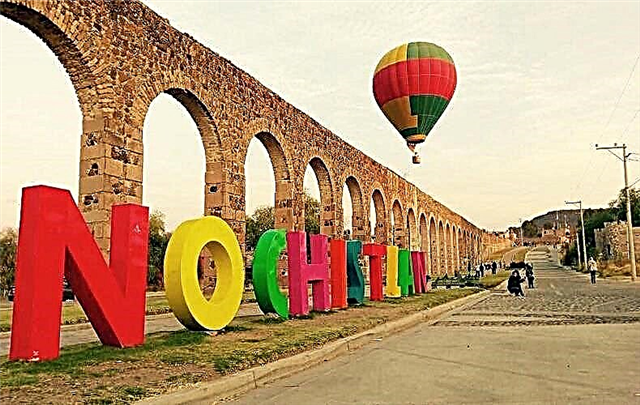
South of Zacatecas, near the border with Jalisco, is the town of Nochistlán, incorporated in 2012 to the Mexican Magical Towns system, mainly because of its beautiful architectural heritage.
The climate of Nochistlán, fresh and without accentuated variations, is an invitation to walk in a relaxed way to discover its magnificent colonial and nineteenth-century buildings and monuments.
The Jardin Morelos serves as a central plaza and is a wide expanse of gardens and trees, surrounded by colonial buildings.
The most representative religious buildings in the small town of Nochistlán are the temples of San Francisco de Asís, San Sebastián and San José.
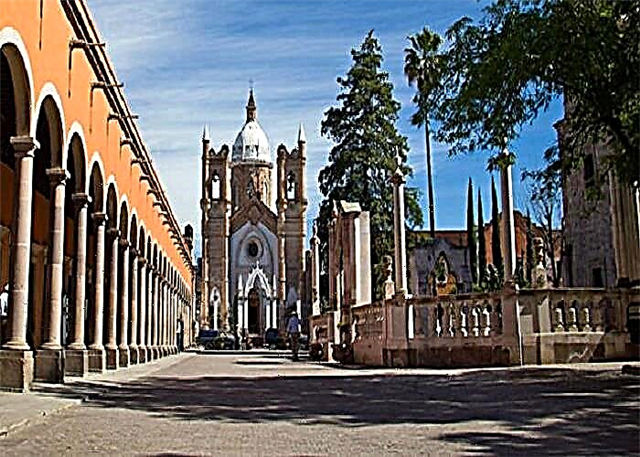
San Francisco de Asís, patron of the town, is venerated in a 17th century church, strong and sober. The priest San Román Adame Rosales, shot in 1927 in the midst of the Cristero War, is buried in the temple.
The Guerito de Nochistlán, an image of Saint Sebastian, is venerated in its homonymous temple. The San José temple is in a renovated Gothic style and has two elegant twin towers and a white dome.
An impressive architectural work that you cannot stop admiring in Nochistlán is the Los Arcos Aqueduct, erected in the 18th century. It is supported by an imposing archway and its piers provided the water supply service until well into the 20th century. At night, the illuminated arches offer a beautiful spectacle.
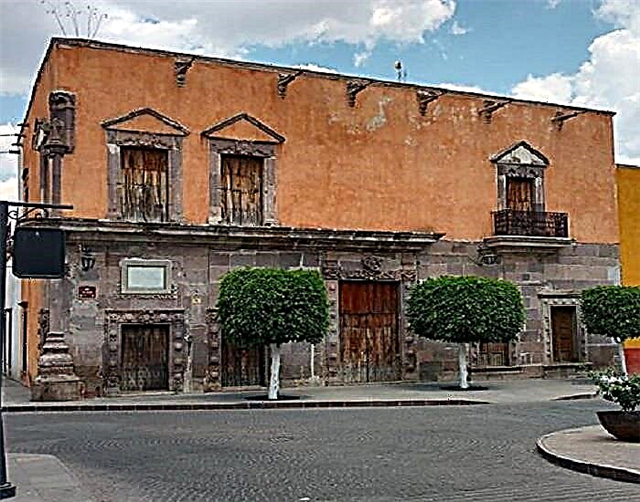
The Casa de los Ruiz is a historical place of the Magic Town, since in this colonial building with two floors, the Cry of Independence was pronounced in 1810 for the first time in Zacatecas.
The people of Nochistlán eat Picadillo at their discretion, a recipe in which shredded beef is stewed in a sauce made from red chili peppers. To drink the typical things of the town, we recommend ordering a Tejuino, a preparation based on tipitillo corn cooked in water and fermented.
Francisco Tenamaztle was a 16th century Caxcán warrior, son of the Lord of Nochistlán, who is considered a precursor of indigenous human rights. It has a monument in the town and at Easter a cultural festival is held in its honor. Tenamaztle was deported to Spain, his end unknown.
- More about Nochistlán in our Complete Guide
Pine trees
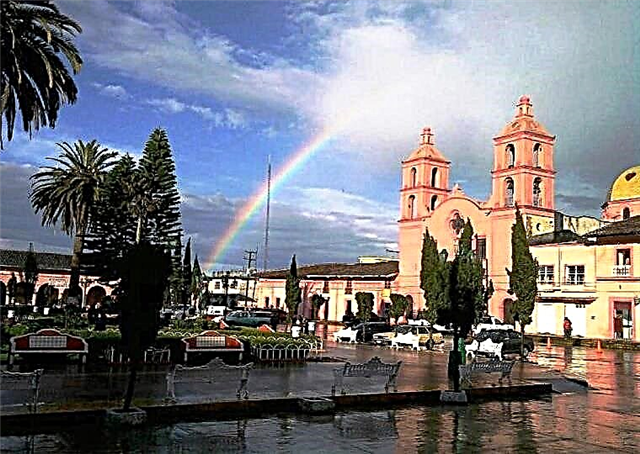
The Zacatecan town of Pinos was a station on the Camino Real de Tierra Adentro for its rich mining and during its time of viceregal splendor the main buildings and farms that today constitute its heritage for tourism were raised.
The climate of Pinos is cool and dry, as befits a place located in the desert area of Gran Tunal, almost 2,500 meters above sea level, so you should not forget your jacket, especially for the nights.
Pinos has a peaceful historic center, with a Plaza de Armas in front of which are the two main religious buildings in the town, the Parish of San Matías and the temple and former convent of San Francisco.
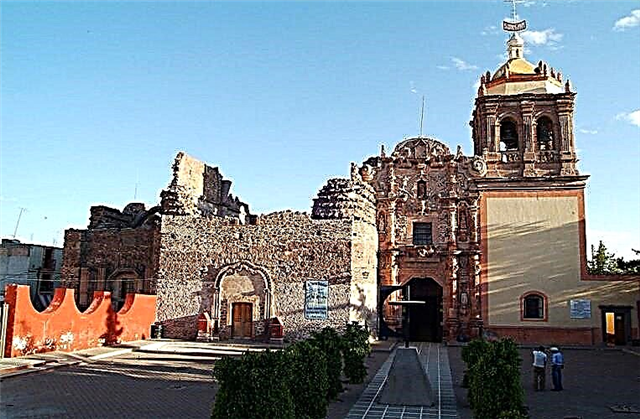
The Tlaxcalilla Chapel is located on the site where the old Tlaxcalteca neighborhood used to be, and inside there is a Churrigueresque altarpiece and several oil paintings from the times of the viceroyalty.
In the old haciendas of Pinos there are still vestiges of the mining gold era and in La Pendencia, mezcal is still manufactured in the traditional way, as when the production of the drink began in the 1600s.
- Also read our Complete Guide to Pines
On a tour of Hacienda La Pendencia you will be able to admire the stone ovens for cooking and the old bakeries used to crush the agave pineapples.
Pinos also has a community museum called “IV Centenario” that houses a sample of prehistoric and historical objects, works of art, documents and photographs.
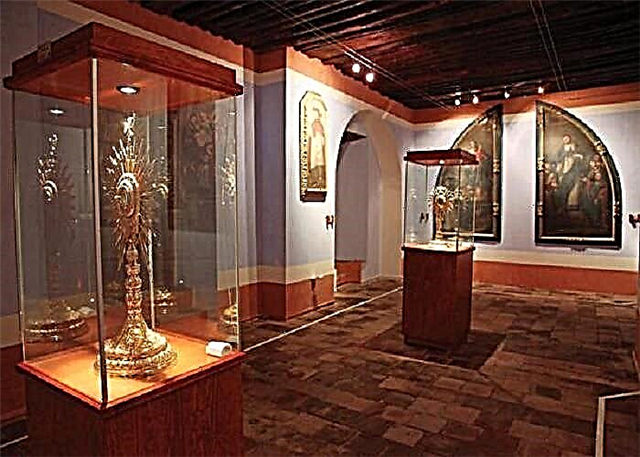
On one side of the unfinished church of San Matías is the Museum of Sacred Art, in which the curious "Floating Heart Christ" is preserved. This museum also exhibits artistic works by the New Spain master Miguel Cabrera and other painters.
In the Magic Town we recommend you to buy as souvenirs some of the well-known "jarritos de Pinos", pieces made by their skilled potters.
We also suggest you taste the tasty baked gorditas, with an incomparable texture, and the tuna cheese, a sweet that does not contain milk despite its name. To drink, the typical thing in the town is the mezcal elaborated in its farms with the immemorial method.
Bonnet
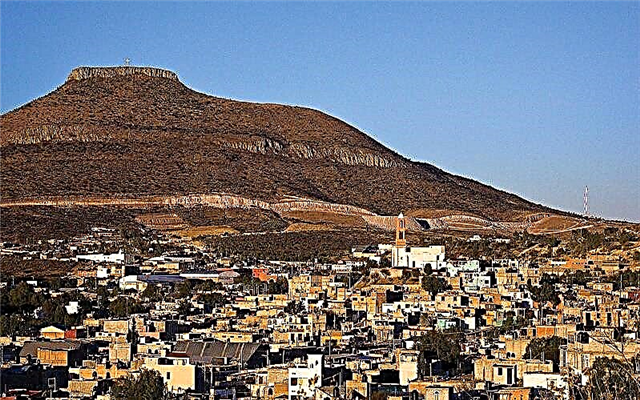
The main tourist attractions of this Zacatecan town are its buildings built during its mining splendor, the spectacular landscapes of the Sierra de Órganos and the archaeological site of Altavista.
If you go to Sombrerete in winter, you should bear in mind that temperatures can drop below 5 ° C and that in some parts of the municipality there are snowfalls.
The conventual complex of San Francisco de Asís is predominantly baroque in lines, with contributions from viceregal architecture and other styles. It is a national and international pilgrimage center where San Francisco de Asís, San Mateo and the Virgen del Refugio are venerated.
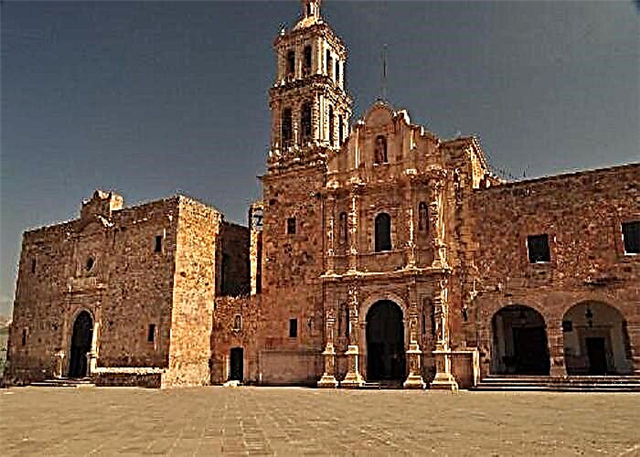
One of the conventual temples, that of the Third Order, is a unique case in the world, since its vault rests on only two arches. The beautiful facade of this church is in the Renaissance style.
On one side of the convent of the Capuchin Poor Clare nuns is the Chapel of Santa Veracruz, a rare example of a Christian religious site without benches. Inside this chapel there are 135 burial crypts and on the wooden ceiling there are striking ornamental works.
The Altavista archaeological site is 55 km from the town and has an interesting site museum. The museum building was erected in perfect harmony with the desert environment and the exhibition includes artistic pieces from the Chalchihuite civilization, some worked with the pseudo-cloisonné technique.
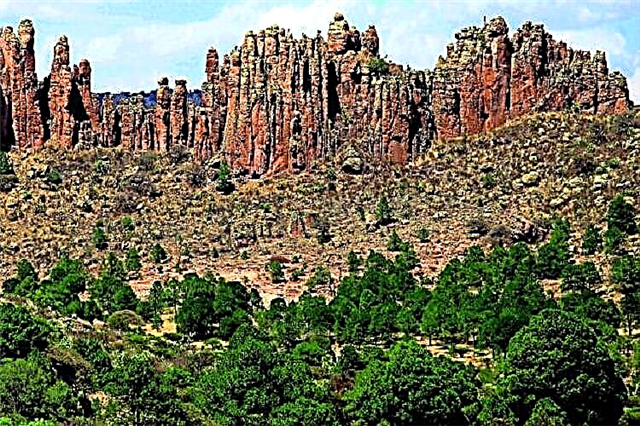
The Sierra de Órganos is dotted with rock formations with whimsical profiles, which tourists photograph with delight. The names of some structures, such as Cara de Apache and La Ballena, are the result of popular ingenuity.
The name of the sierra is due to the stones that look like the flutes of a huge organ. Fans of rappelling and climbing practice their exciting sports on the rocky slopes of the mountains.
The gastronomic emblem of Sombrerete are the witches, corn chunks stuffed with meat, beans and potatoes, which are so tasty that they disappear from the dishes as if by magic. The witches most in demand are those made by the Bustos family.
- Complete guide on Sombrerete
Teúl de González Ortega
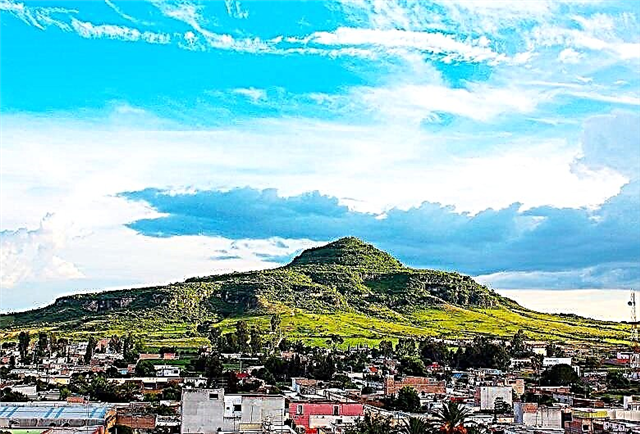
Nestled in the valleys of the Sierra Madre Occidental in southern Zacatecas is Teúl de González Ortega, a town named in honor of Jesús González Ortega, an active collaborator of Benito Juárez and a general who distinguished himself in the defense of Puebla during the second French intervention.
The main attractions of Teúl de González Ortega are architectural and archaeological, highlighting the Church of Our Lady of Guadalupe and the Temple of San Juan Bautista.
The temple of the Virgin of Guadalupe, located in the central Calle Cervantes, is one of the oldest Christian buildings in the country. It was erected in 1535 in the midst of the vicissitudes of the first decades of the conquest and was in the first instance a hospital for Indians.
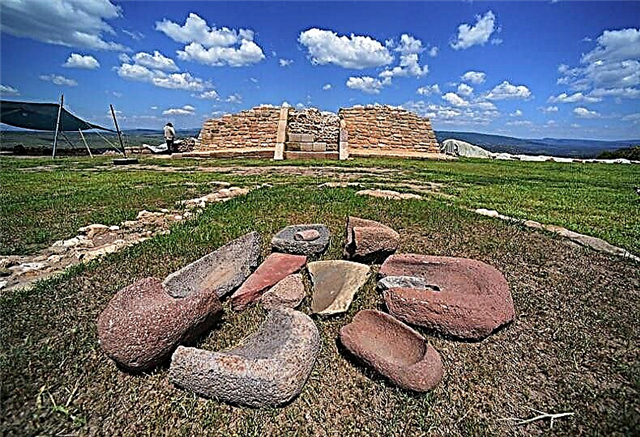
The parish of San Juan Bautista is of an elegant neoclassical style in its interior and has some spaces with gold bath.
Next to the San Juan Bautista temple is the Parish Museum and Theater, in which pre-Hispanic pieces rescued in the surroundings are exhibited, particularly in the Cerro de Teúl.
The archaeological site is located on the Cerro de Teúl and is crowned by a pyramid. This site was rebuilt, since during the viceregal era it was destroyed by the Tlaxcalans allied to the Spanish.
Another attraction in Teúl de González Ortega is the Don Aurelio Lamas Mezcal Factory. It started as an artisan factory more than 90 years ago and today it sells the ancient drink as far away as South Korea. The factory offers tours and tastings in its typical tavern.
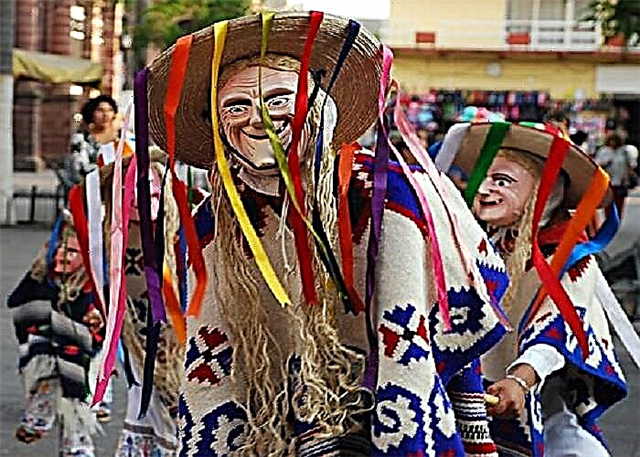
Teúl de González Ortega's festival calendar is quite tight, offering you different options to visit the town in the season of maximum fun.
- More about Teúl de González-Complete Guide
The day of the Holy Cross is celebrated in style, with pre-Hispanic dances and other shows. The regional fair takes place between November 16 and 22, with music, dances, cultural events and gastronomic and handicraft samples.
The natives of Teúl who left to make their lives in the United States and other lands have their Absent Child Day. The date is conducive to emotional reunions with those who are absent who temporarily return to the land, amid noisy celebrations. This festival begins between the end of July and the beginning of August, and does not last for a single day, but for several.
We want you to have the most fun in the Magical Towns of Zacatecas. See you very soon for another wonderful sightseeing tour.
Find more magical towns to visit on your next visit to Mexico !:
- Tapalpa, Jalisco, Magic Town: Definitive Guide
- San José De Gracia, Aguascalientes - Definitive Guide
- Zacatlán, Puebla - Magic Town: Definitive Guide

